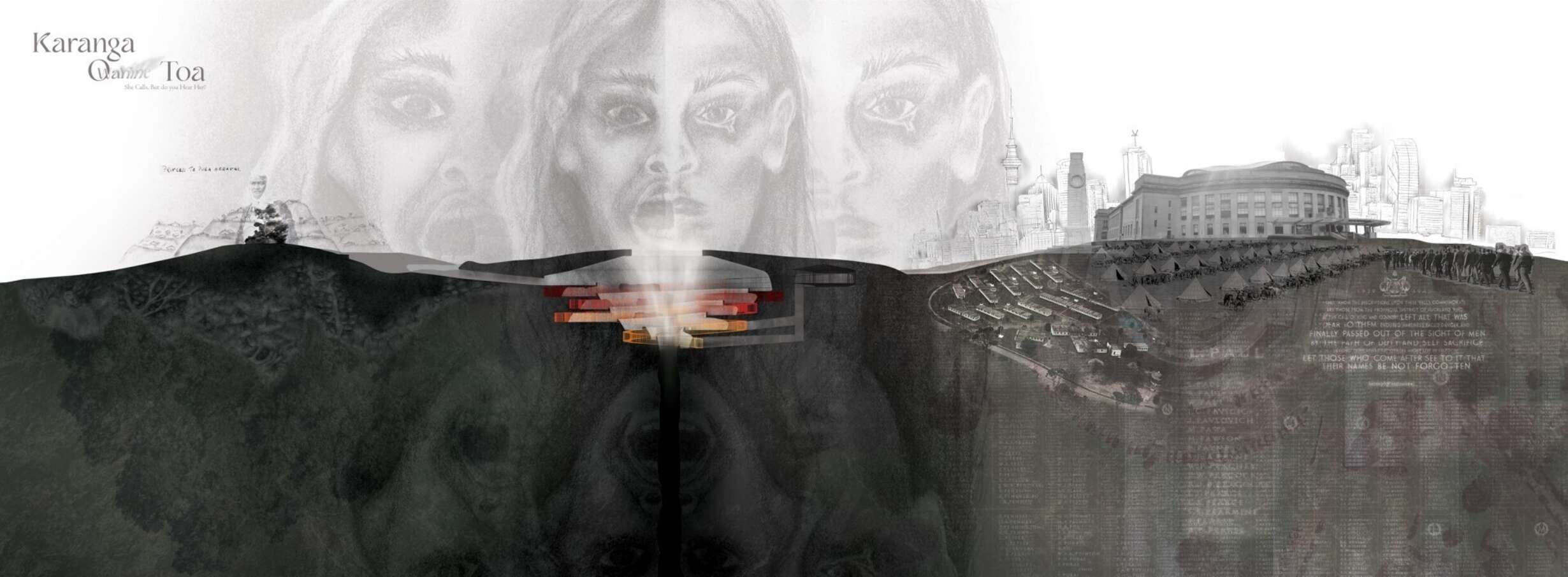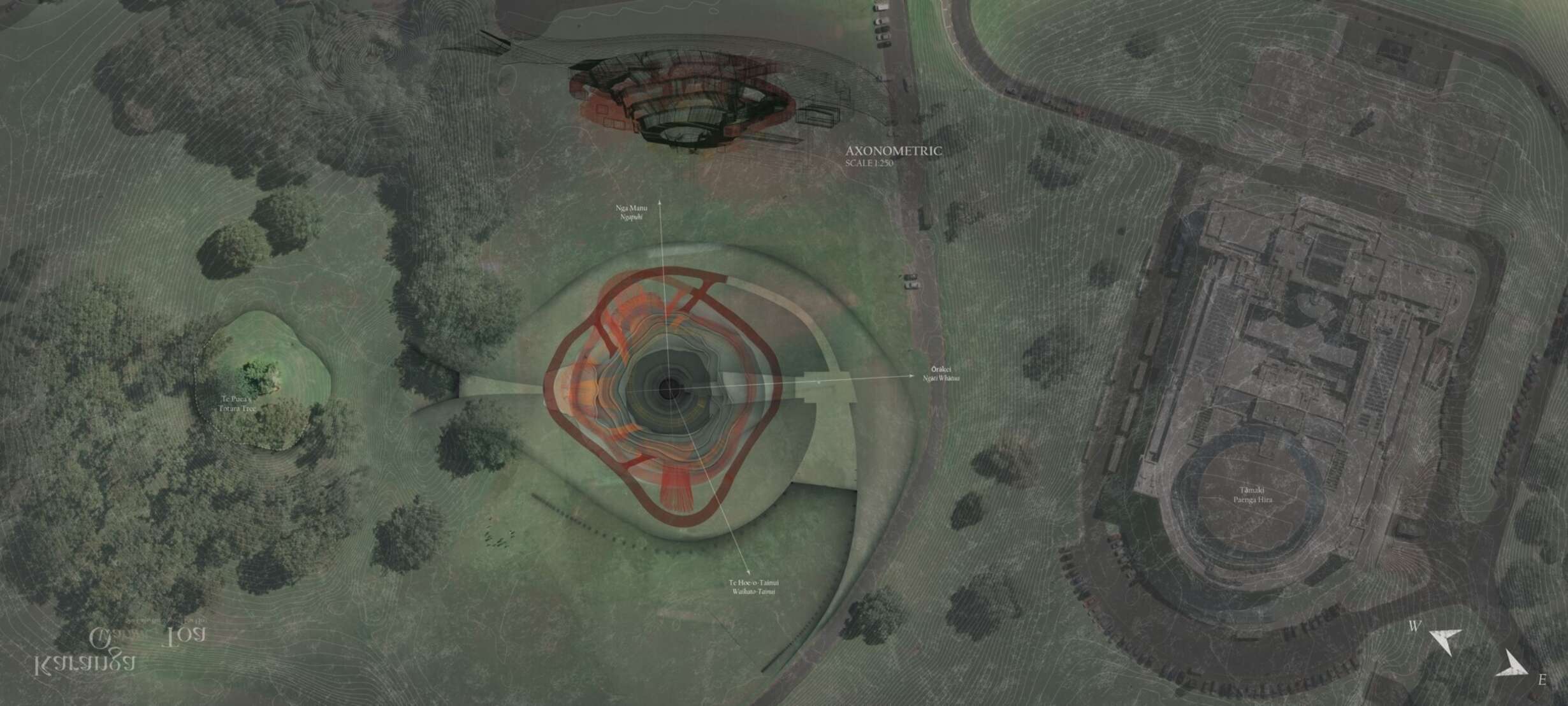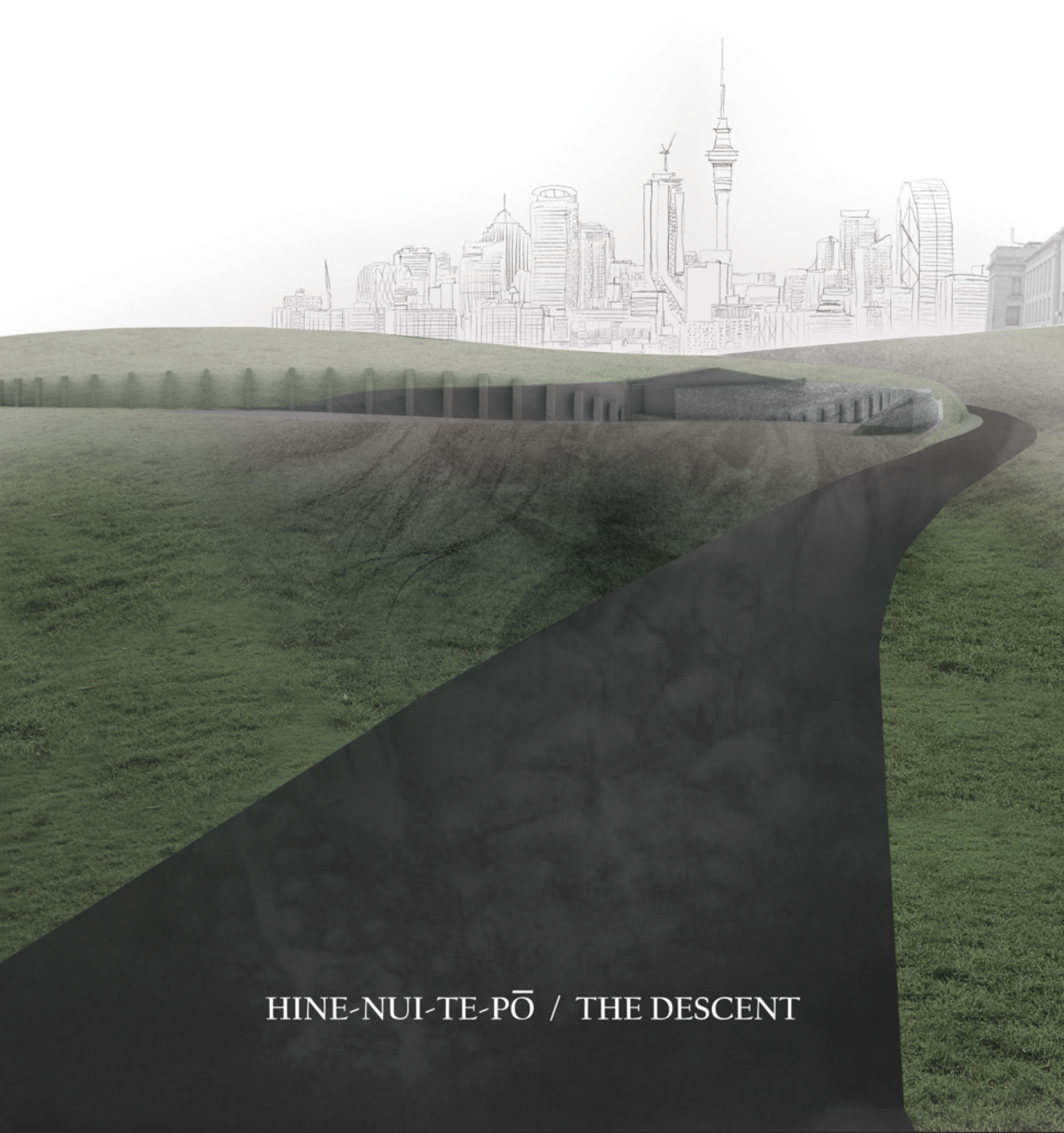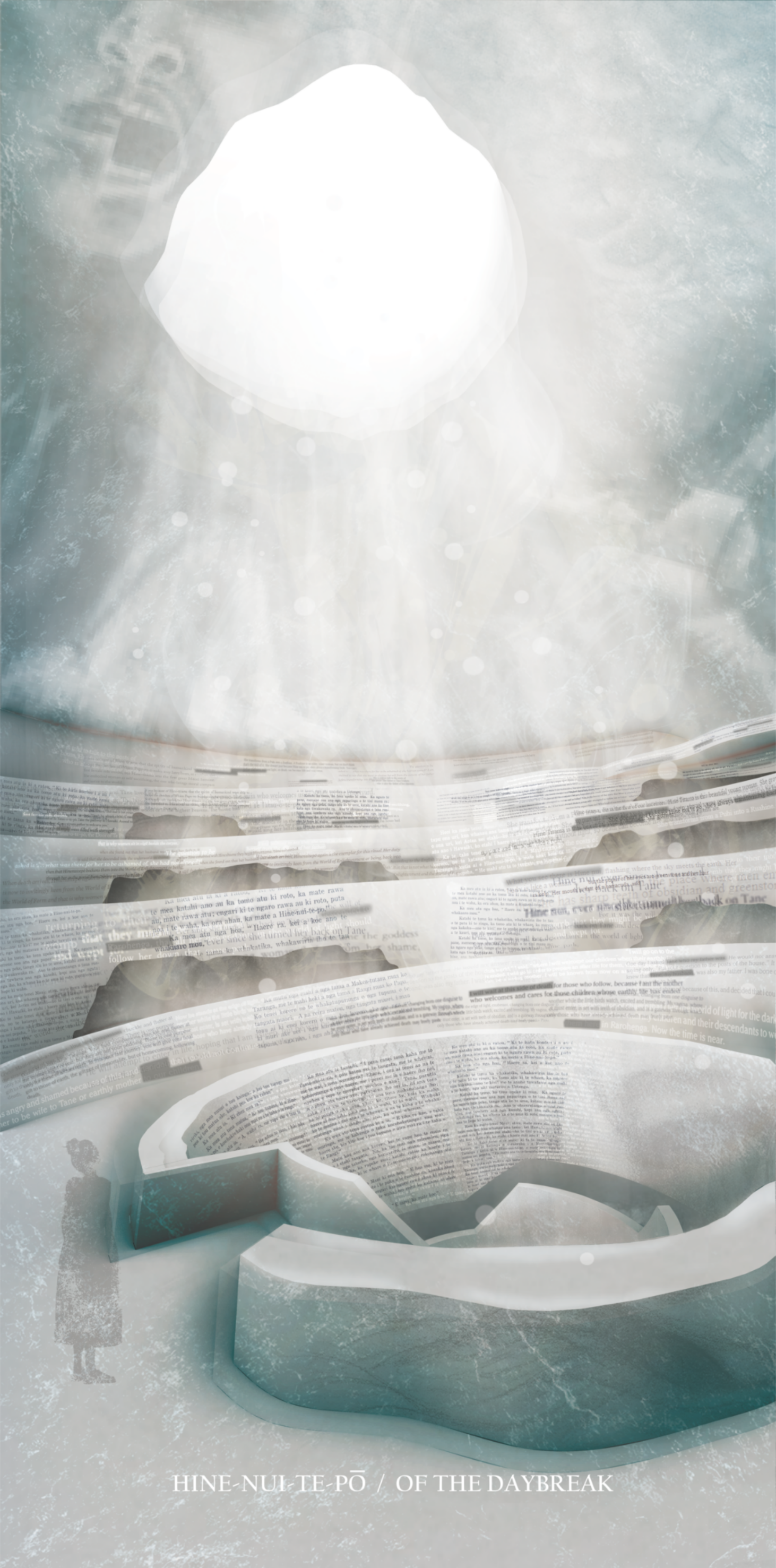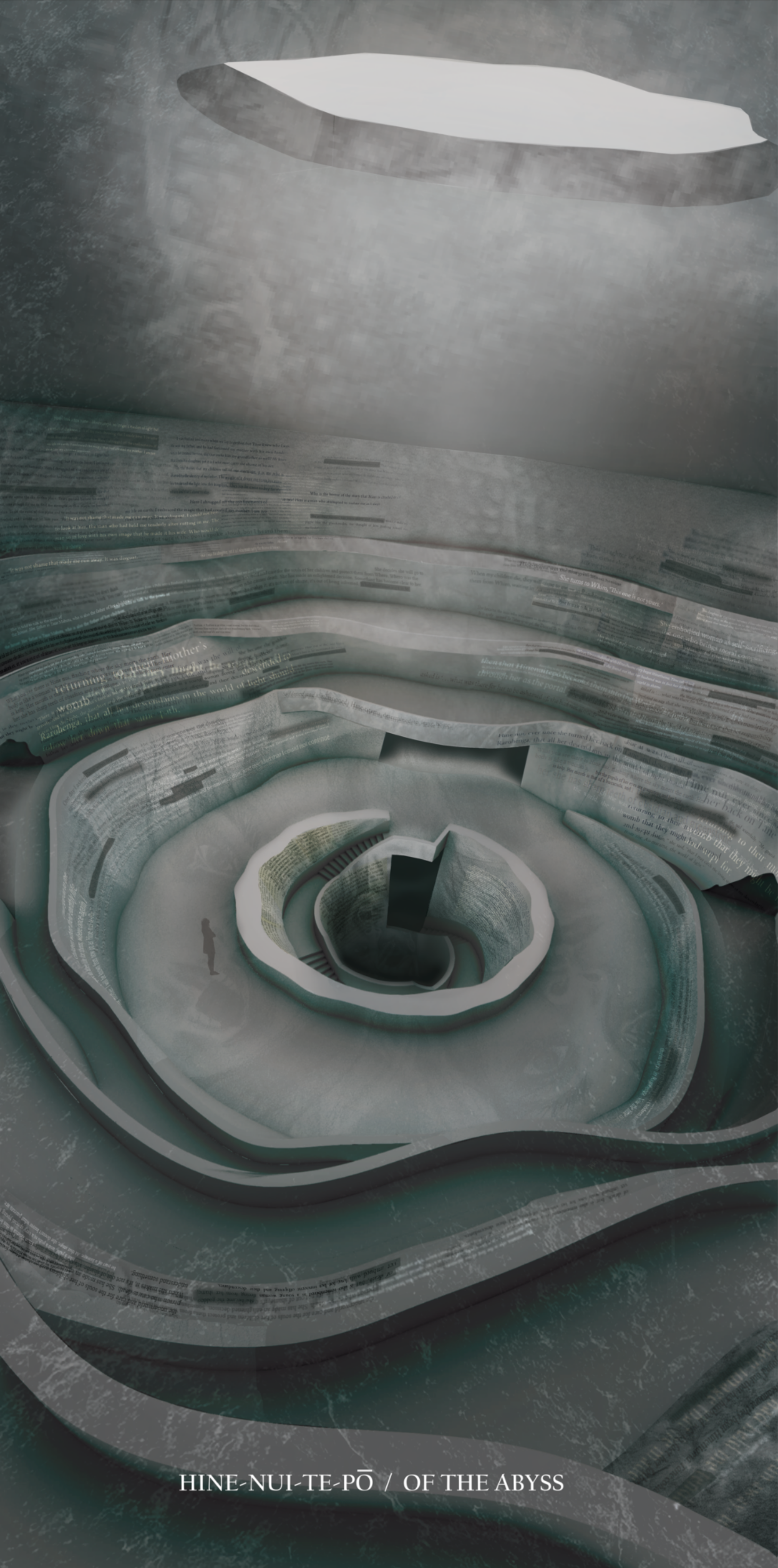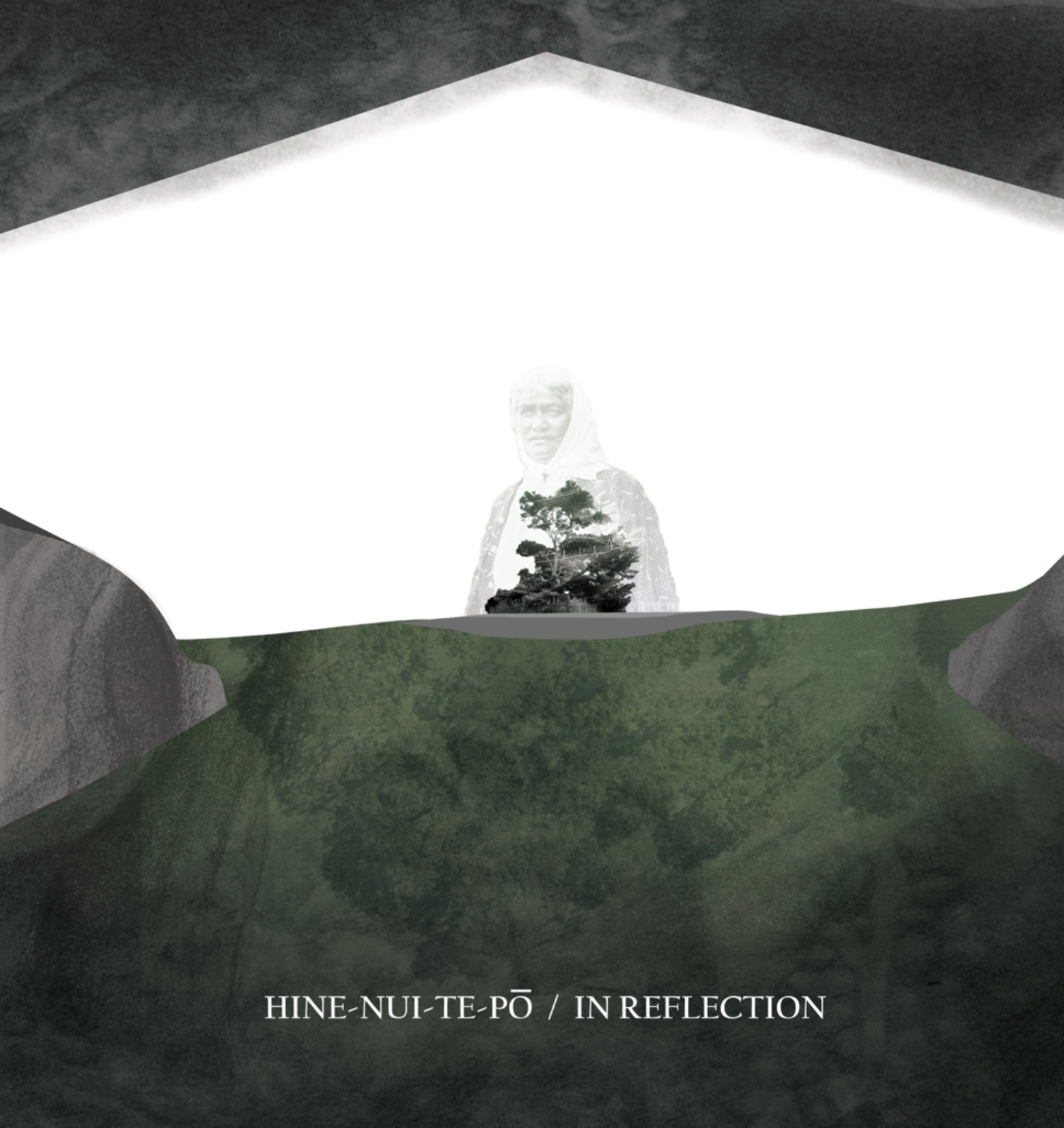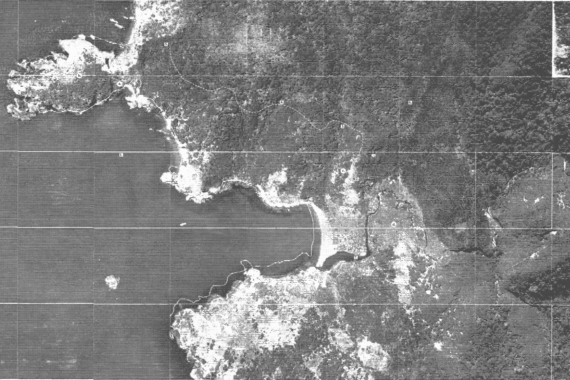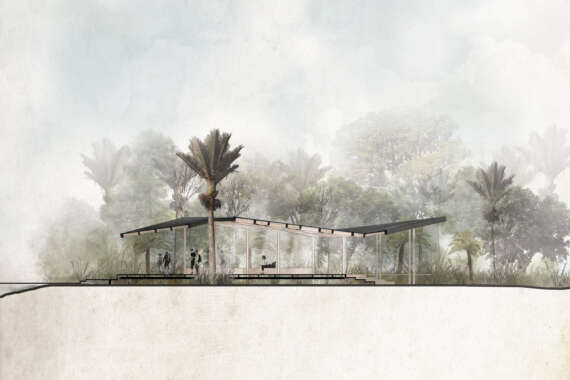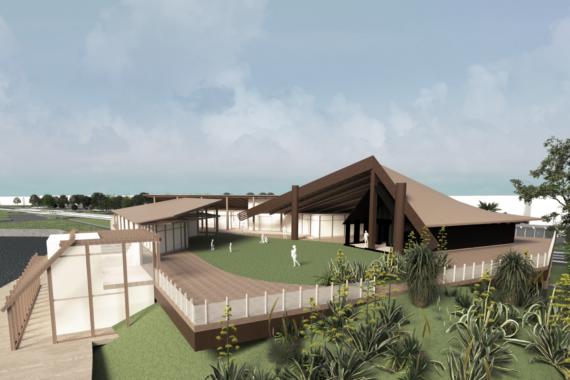Karanga O Wāhine Toa: She Calls, But do you Hear Her?
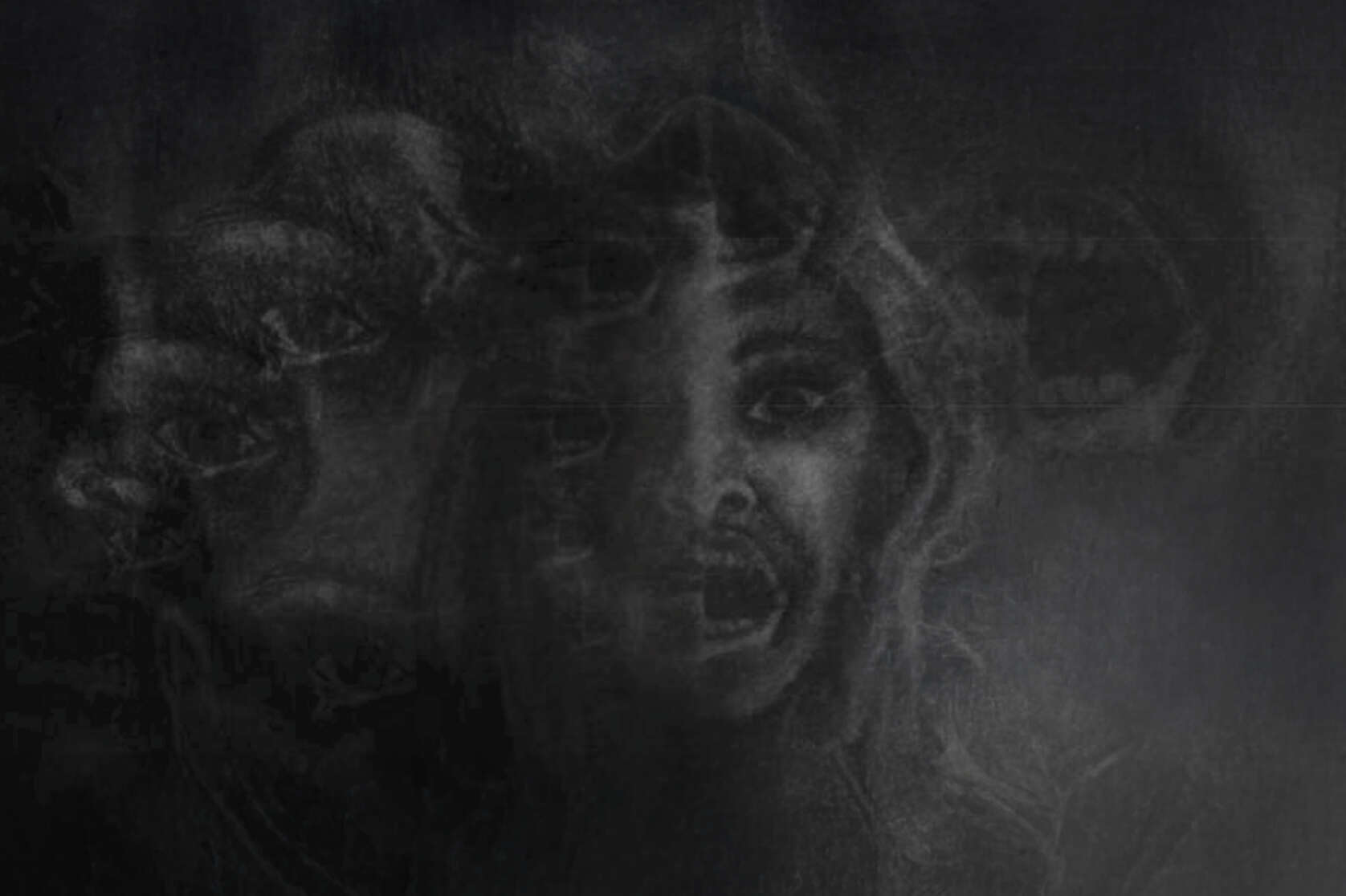
A Truth Unveiled, a Knowledgeable Decision made, and a Descent into the Darkness.
Described variously as a Shame-Filled woman, a Puhi / Ruahine, a Mothering figure, a Threshold between Worlds, a Monster, a Protector etc.
She is not just one, she is all.
She is Hine-nui-te-pō.
_________________________________
After the posts of her house revealed that she was unknowingly in an incestuous relationship with her father, Hinetitama makes the decision to move into the Underworld, reclaiming herself in her transformation to Hine-nui-te-pō.
This design proposal is a dedicated space that embodies the story of Hinetitama's transition to Hine-nui-te-pō. It acts as a living archive, a physical space collecting the many stories of strong Māori women, of which starts with Hine-nui-te-pō. In imbuing her story within a subterranean 'underworld' architecture, the project seeks to re-translate the Mana and Identity of Atua Wāhine's image through narrative architecture.







